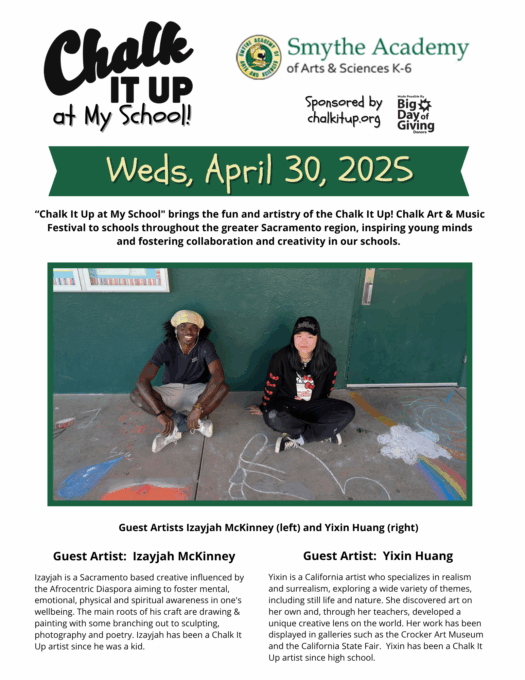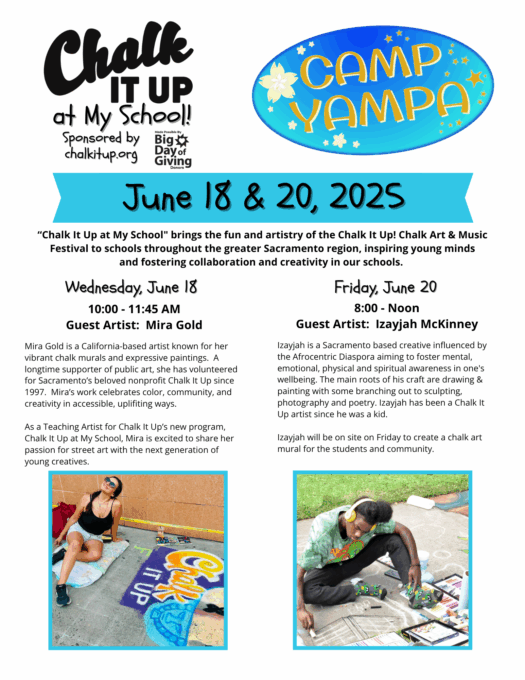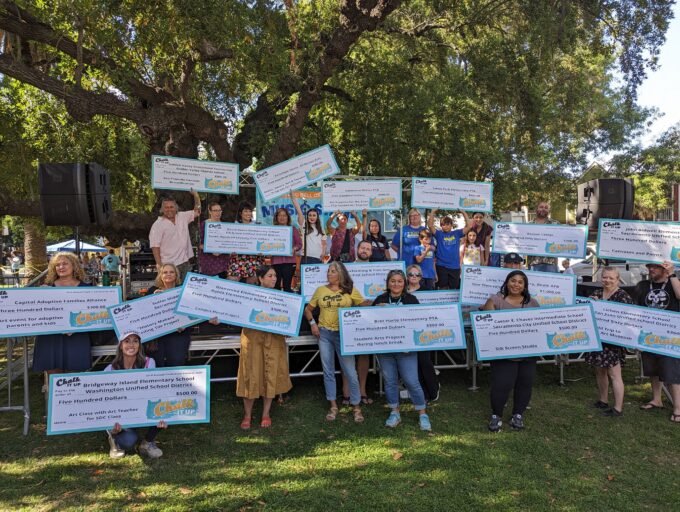
With all apologies to Sir Mix-a-lot, “We like BIG CHECKS, and we cannot lie!“
This photo was taken at the 2024 Chalk It Up! Chalk Art & Music Festival. At the annual Labor Day Weekend festival, it has become a tradition to invite all of our local teachers who received grants from Chalk It Up to gather at the stage to receive their BIG CHECKS. We invite them to take the mic for a few minutes to share how they are bringing arts education to their classes and using the power of art to educate the next generation. We love celebrating our region’s educators, and this is a fun way to show them some love.
Over the last 10+ years, Chalk It Up has given over $75,000 in grants to local schools, young artists, and non-profit organizations to empower and support the next generation of artists and the programs that inspire them. We have funded field trips, seeded scholarship funds, provided easels and paint brushes for kindergarten classrooms, paid for local artists to lead schools in mural or print-making projects, funded afterschool mentorship programs, and so much more, all because of the support of our volunteers, sponsors, and especially our donors. We couldn’t do it without your help!
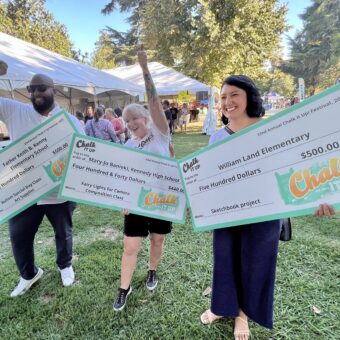
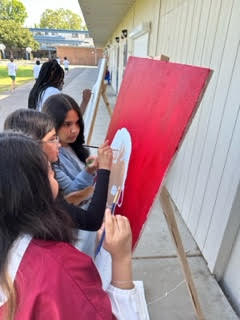
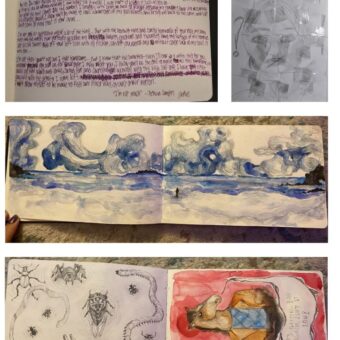
To commemorate our 35th year, we are piloting a new program:
“Chalk It Up at My School!”
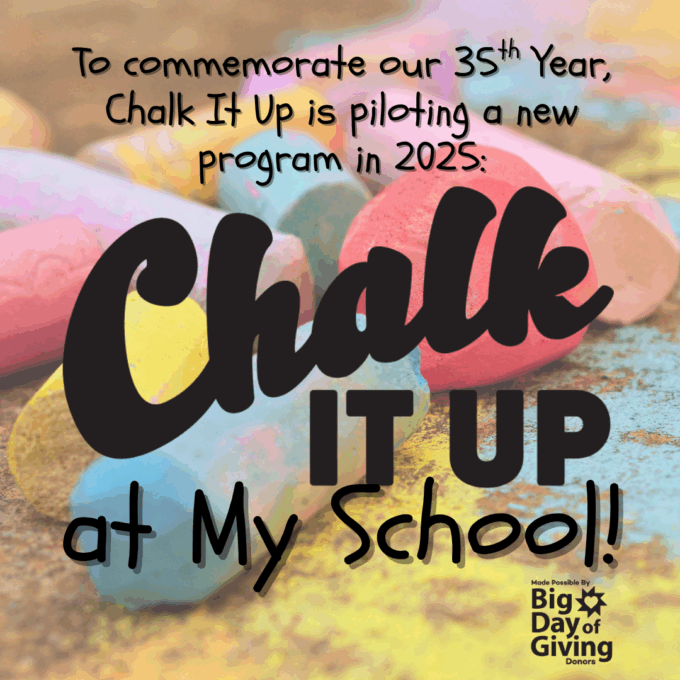
2025 is our 35th year, and we are commemorating it by piloting a new program… CHALK IT UP AT MY SCHOOL!
“Chalk It Up at My School” brings the fun and artistry of the Chalk It Up! Chalk Art & Music Festival to schools throughout the greater Sacramento region, inspiring young minds and fostering collaboration and creativity in the next generation of artists.
Chalk it Up is piloting this program for 2025, testing it at four different schools across four areas of our region, including TK-6, Middle School, and High School. During these first four “proof of concept” outings, Chalk It Up is hiring artists to model using chalk as a medium, including demonstrating how to blend colors and plan and grid out a large-scale chalk art mural for kids. Chalk It Up offers a combination of traditional sidewalk chalk and artist-grade premium chalk, along with essential supplies such as hand wipes, buckets for storing sidewalk chalk, and related items.
At the end of this four-school pilot program, we will evaluate our work, including data on the schools, the number of students served, what was successful, what can be improved, and our total costs. With the community’s invaluable support, we hope to incorporate “Chalk it Up at My School” as a permanent program to serve our region’s Title 1 public schools.
